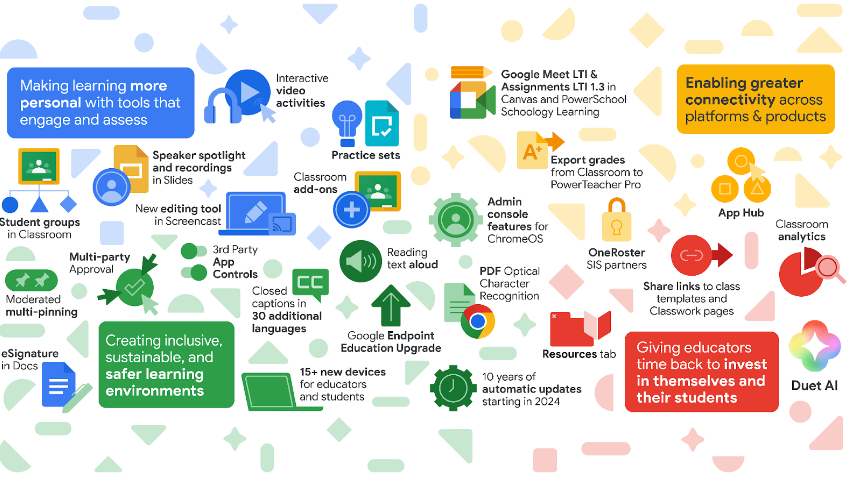Getting Started with AI

Everywhere you look these days, you can’t help but feel bombarded with information about AI. It really feels a bit overwhelming with all the new information, websites and TikToks being posted about it every day. We wanted to help you get started by breaking it all down for you in this series of posts.
Today, we start with the term Generative AI. Generative AI refers to a class of artificial intelligence that can generate new data by learning from existing data patterns. To put it another way…rather than simply analyzing or acting on existing data it finds online, this type of artificial intelligence can create new content for us that is creative and original.
This is not to be confused with Artificial General Intelligence or as some people call deep AI. Deep Ai is the concept that a machine has general intelligence mimicking human intelligence. This would mean that a machine has the ability to think, understand, learn and apply its intelligence to solve problems like humans. There is no need to hire Blade Runner, this technology does not exist…yet.
Two prominent examples of Generative AI are Chat GPT and Bard. Both Bard and ChatGPT are trained on a massive dataset of text and code. This dataset includes a variety of different sources, including books, articles, websites, and code repositories. The dataset is constantly being updated with new information, which helps both Bard and ChatGPT to learn and improve the results it returns to you when you ask it things.
The catch is that the date it returns to you is only as good as the data it has access to. Since these Generative AI models capture the underlying patterns and structure of the data that it has been fed, it generates new data that has similar characteristics. So, it is important to be aware of the limitations in the data that they are trained on. The dataset is not perfect, and it can contain biases and inaccuracies. Some of the potential risks:
- Bias: The data that Bard and ChatGPT are trained on can contain biases. This can lead to them generating text that is biased. For example, if the data that Bard is trained on is mostly written by men, then Bard may be more likely to generate text that is biased towards men.
- Inaccuracy: The inaccuracies in the data that train these models can lead to both models generating text that is inaccurate. For example, if the data that Bard is trained on contains incorrect information about a company, then it may be more likely to generate text that is inaccurate.
- Misinformation: These models could generate misinformation while presenting it confidently. This is because they can be used to generate text that is biased, inaccurate, or both. For example, Chat GPT could be used to generate text that claims that a particular political candidate is corrupt, even if there is no evidence to support that claim.

We think it is important to be aware of these limitations as you start your journey into using Generative AI. Analyze the results supplied to you and proceed with caution. While we can see some companies like Google post about their commitment to using AI responsibly, these statements can feel like banal platitudes. Once people start seeing all the benefits that AI can bring, it will be too easy to overlook the concerns.
Stay tuned to our next blog about the ways you can use Gemerative AI to do great things in your classroom.






